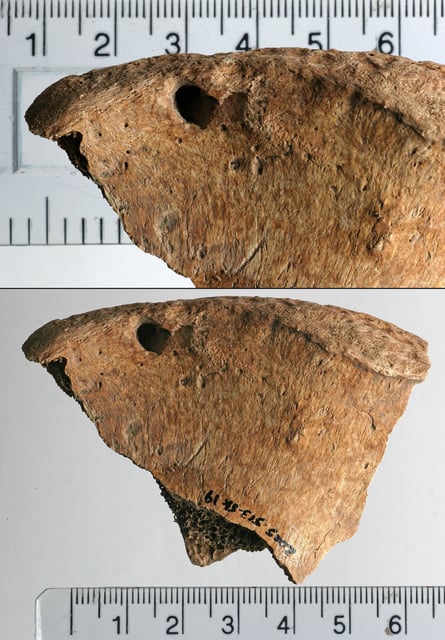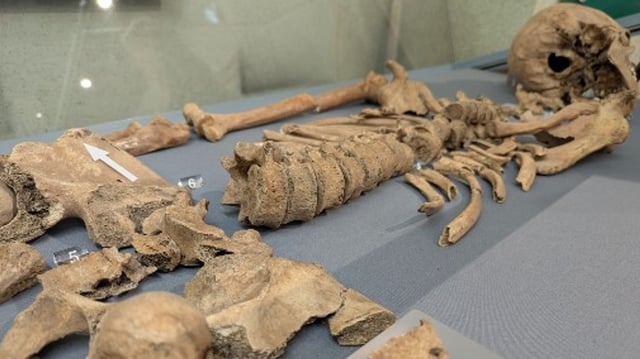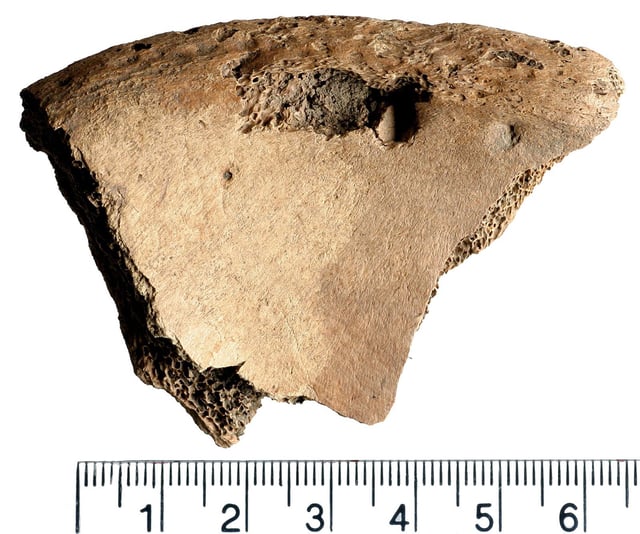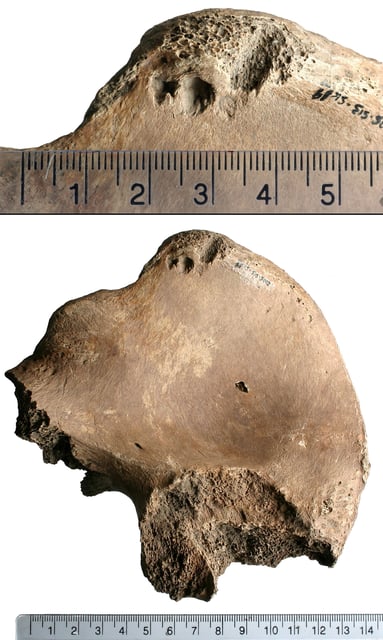Overview
- Researchers identified lion bite marks on the pelvis of a Roman-era skeleton, marking the first direct evidence of gladiators battling animals in Britain.
- The skeleton, dated to the 3rd century CE, belonged to a man aged 26–35, buried alongside two others and overlaid with horse bones.
- 3D scans of the lesions matched bite patterns from zoo lions, suggesting the man was attacked or scavenged by the animal around the time of death.
- The findings support historical accounts of venationes, Roman spectacles involving combat with exotic animals transported from across the empire.
- The discovery reshapes understanding of Roman entertainment in provincial Britain, though York’s amphitheatre remains undiscovered.



